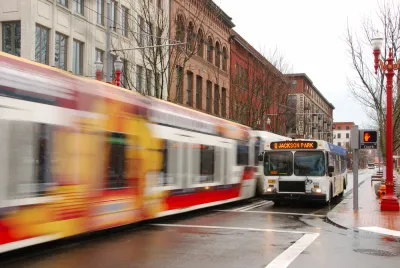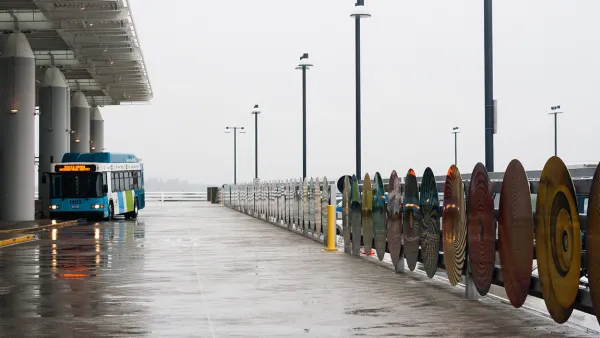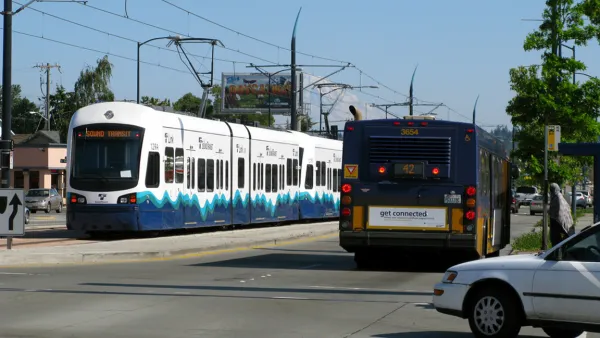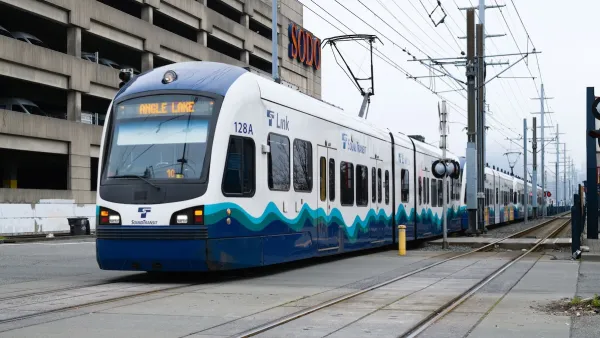Seattle Transit blog compares rail investments from five cities around the country.

Zach Shaner compares the transit planning in various cities around the country. Starting by comparing the cost of Seattle's current and planned transit investments under ST2 and ST3 with Portland's existing MAX Blue Line. To make the big point of the article Shaner uses a word some might consider inappropriate, so beware:
We frequently wonder around here [in Seattle] why our transit-building schemes are slow and expensive, and I’ve offered my best attempt at the process side of the equation already. But today I want to propose another reason: to put it bluntly, we’re building the good shit and nobody else is.
Shaner is echoing the arguments of an article by Angie Schmitt from May, which parsed the specifics of the lowest performing rail transit lines in the country. Shaner's approach differs slightly, comparing the complete rail portfolio of the cities making rail transit investments and finding examples of success as well. The article compares the transit systems of Dallas, Denver, Portland, Los Angeles, Minneapolis, and Seattle (the latter is considered as built in 2023) on the metrics of frequency, capacity, grade separation. The comparison reveals that neither all transit systems nor all transit investments are created equally—and as such, they can't be expected to deliver the same results.
FULL STORY: Seattle is the Tortoise, Portland the Hare

National Parks Layoffs Will Cause Communities to Lose Billions
Thousands of essential park workers were laid off this week, just before the busy spring break season.

Retro-silient?: America’s First “Eco-burb,” The Woodlands Turns 50
A master-planned community north of Houston offers lessons on green infrastructure and resilient design, but falls short of its founder’s lofty affordability and walkability goals.

Delivering for America Plan Will Downgrade Mail Service in at Least 49.5 Percent of Zip Codes
Republican and Democrat lawmakers criticize the plan for its disproportionate negative impact on rural communities.

Test News Post 1
This is a summary

Test News Headline 46
Test for the image on the front page.

Balancing Bombs and Butterflies: How the National Guard Protects a Rare Species
The National Guard at Fort Indiantown Gap uses GIS technology and land management strategies to balance military training with conservation efforts, ensuring the survival of the rare eastern regal fritillary butterfly.
Urban Design for Planners 1: Software Tools
This six-course series explores essential urban design concepts using open source software and equips planners with the tools they need to participate fully in the urban design process.
Planning for Universal Design
Learn the tools for implementing Universal Design in planning regulations.
EMC Planning Group, Inc.
Planetizen
Planetizen
Mpact (formerly Rail~Volution)
Great Falls Development Authority, Inc.
HUDs Office of Policy Development and Research
NYU Wagner Graduate School of Public Service





























